‘It’s hell’: Reality of heat inside Australian rentals revealed
Renters are being forced to suffer through “hellish” conditions with temperatures inside homes reaching over 40 degrees this summer.
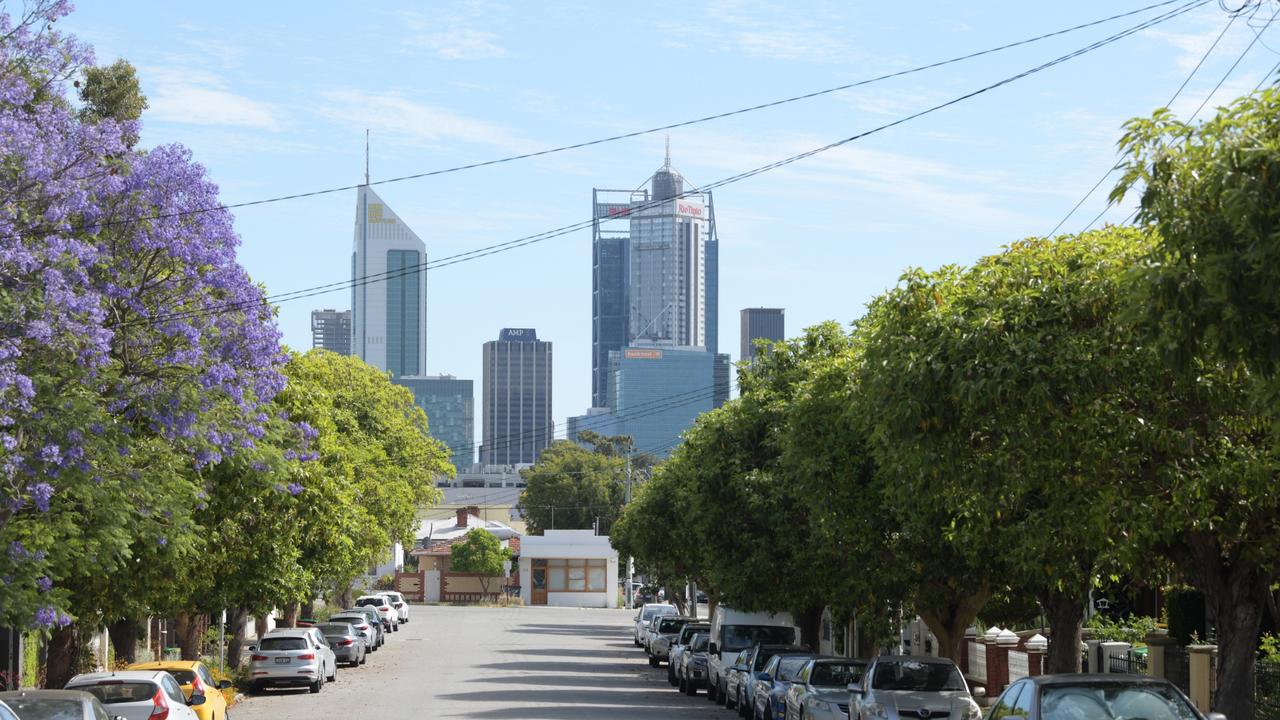
Many Australians claim they are living in “hell” inside their sweltering rental properties, with internal temperatures of over 40C resulting in many tenants dealing with severe health and financial concerns.
The heat inside many rental properties is impossible to escape from, according to a new Sweaty and Stressed report from advocacy group Better Renting.
The report found indoor temperatures were above safe levels during 45 per cent of our most recent summer, with maximum temperatures reaching 46.4C in NSW and 42.1C in Queensland.
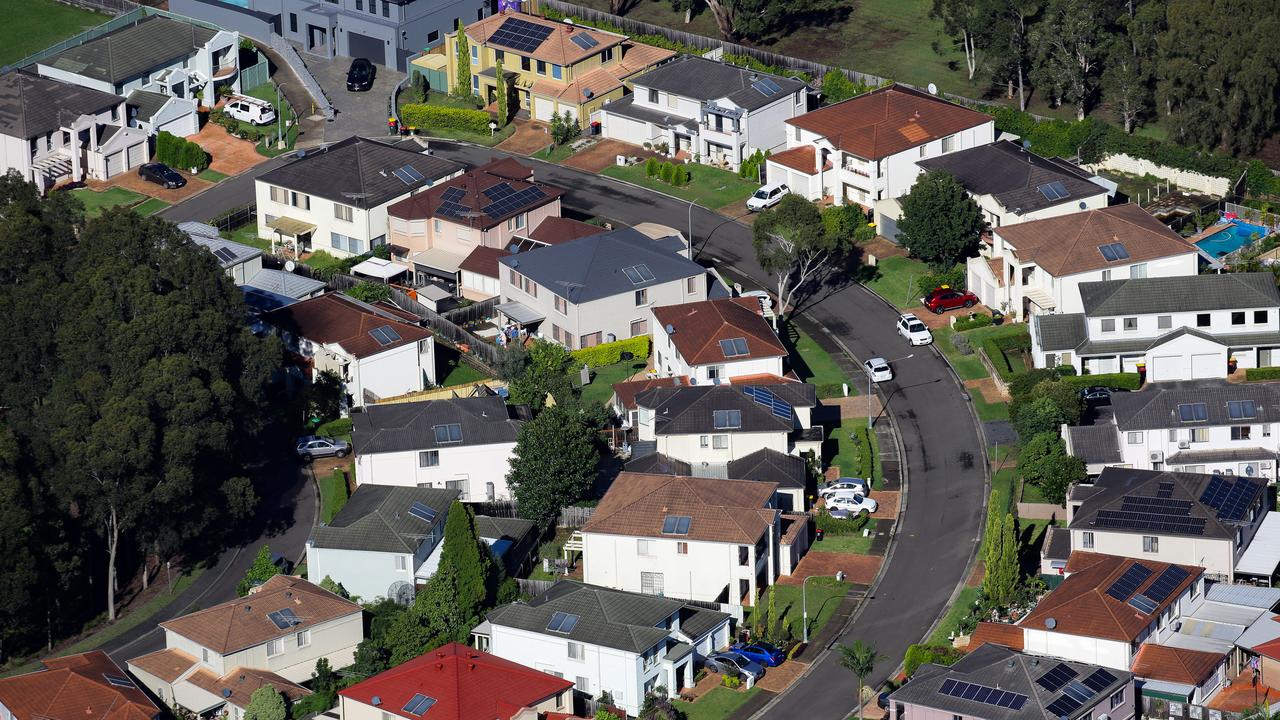
Median temperatures were highest in the NT, Queensland, and WA, where renters spent more than half of the time living in temperatures above 25°C – “a critical threshold above which the health risks from heat become most pronounced” according to the report.
High temperatures can take a serious toll on the mental and physical health of those living in hot homes, according to Better Renting executive director Joel Dignam.
“It’s a constant struggle and when your home is working against you, it makes it that much harder,” he said.
“If you’re constantly in an environment which is putting stress on your body, that’s affecting your health.
“Particularly for those who already have a chronic health condition, it can worsen symptoms.
“We had survey respondents who spoke about indoor heat causing them pain or leaving them exhausted to the point they can’t get the energy to go outside.”
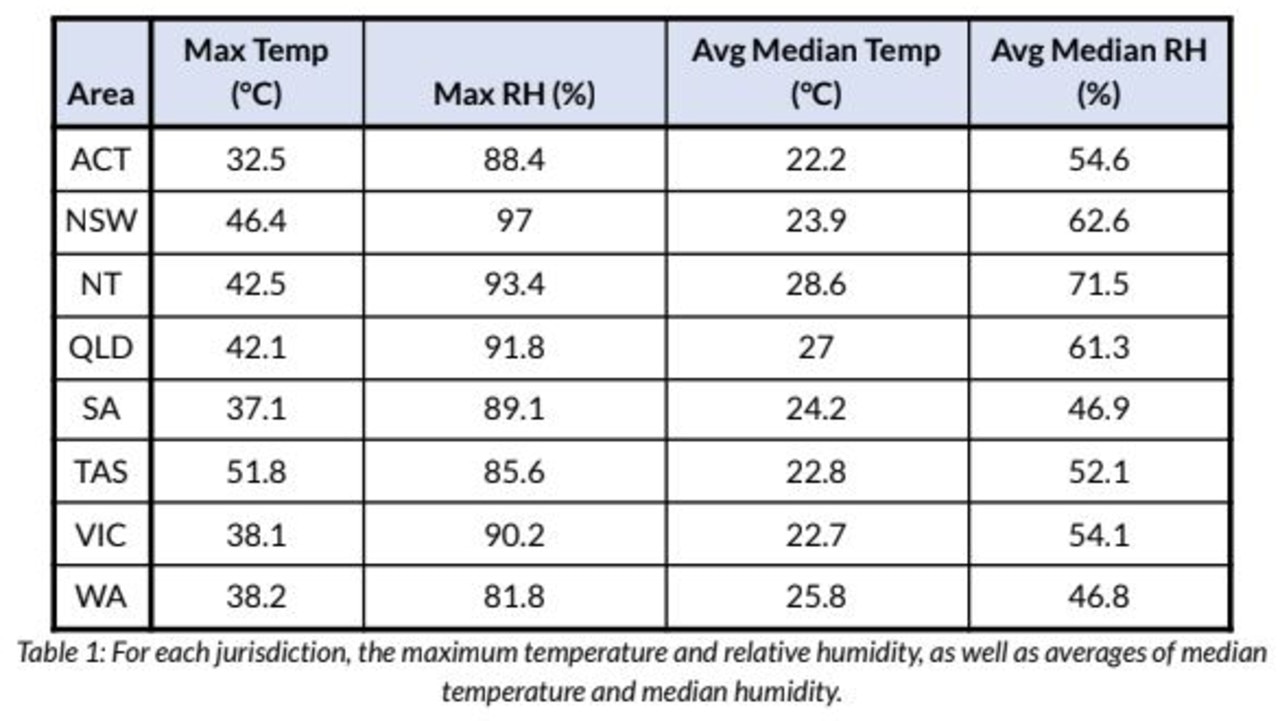
The heat can not only cause health problems or make symptoms worse, but can cause medications and treatments to stop working, according to renter and chronic fatigue sufferer Rowena, aged 41.
Her home in Brisbane often reaches an internal temperature of 32C for days on end, which has seen her suffer negative health impacts which had previously been stopped by medication during the cooler months.
“I have been having to take painkillers for my pain every day for the last week because of the heat and humidity is so high, the medication I’m on, which works when it’s not this hot, doesn’t cut it,” she said.
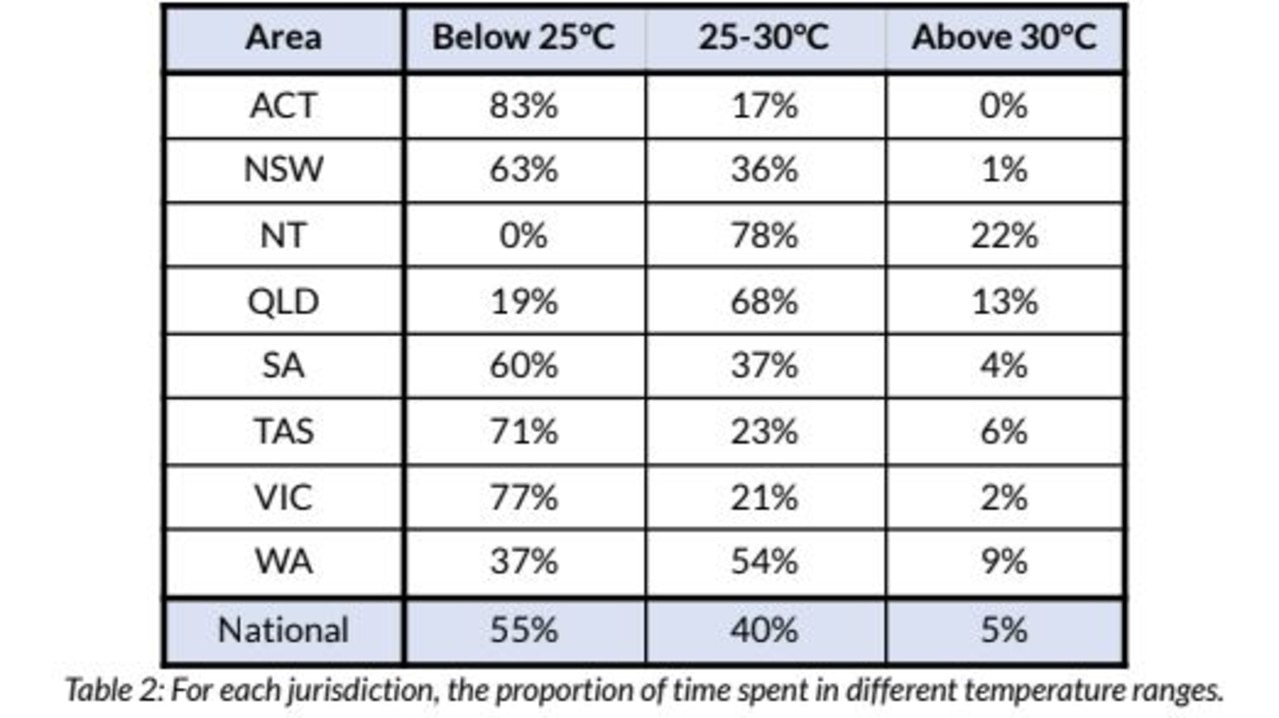
“I’m usually exhausted; that’s my general state with chronic fatigue syndrome, but basic things have become too much of an effort. I literally just spend the entire day lying down.”
For survey respondents from Queensland, like Rowena, the temperature inside their home sat between 25 and 30C for 68 per cent of their time, while 13 per cent of the day was spent in temperatures over 30C indoors.
The average indoor temperature in that state was 27C, higher than NSW at 23.9C, Victoria at 22.7C and South Australia at 24.2C.
Renters’ finances are also taking a hit as they are forced to pay extreme costs to keep their homes cool, according to the report.
“We’ve had some people who had no choice because they felt the need to use an air conditioner, but they literally go into energy debt or debt they don’t know how they’re going to pay because of that,” Mr Dingham said.
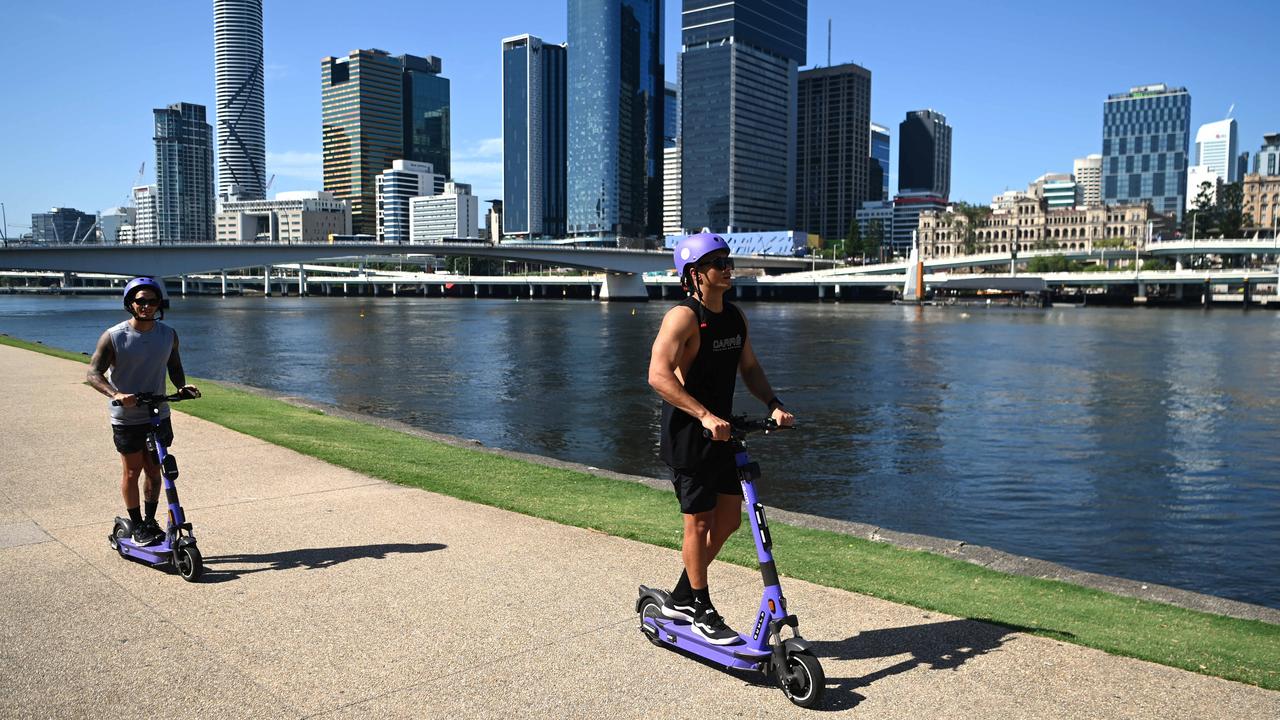
“Or it means they have to be cutting back in other areas, which is really tough when rents are going up and grocery costs and petrol are going up, too.”
Rowena was forced to purchase an expensive portable air conditioning unit in an effort to cool down her room, which has come at a “dire” cost to her finances.
“It runs most of the time, and even with that, I’m still exhausted but it’s at least a little bit better,” she said.
“It’s really expensive to run; the electricity bill doubles, I’ve done the counts.”
Renters are forced to take extreme measures to avoid overheating, including putting bubble wrap on their windows or blankets on their walls to stop walls from radiating heat, according to Mr Dignham.
Mandatory minimum energy efficiency standards for rental homes are “critical” to ensuring renters can live in healthy homes, the report found.
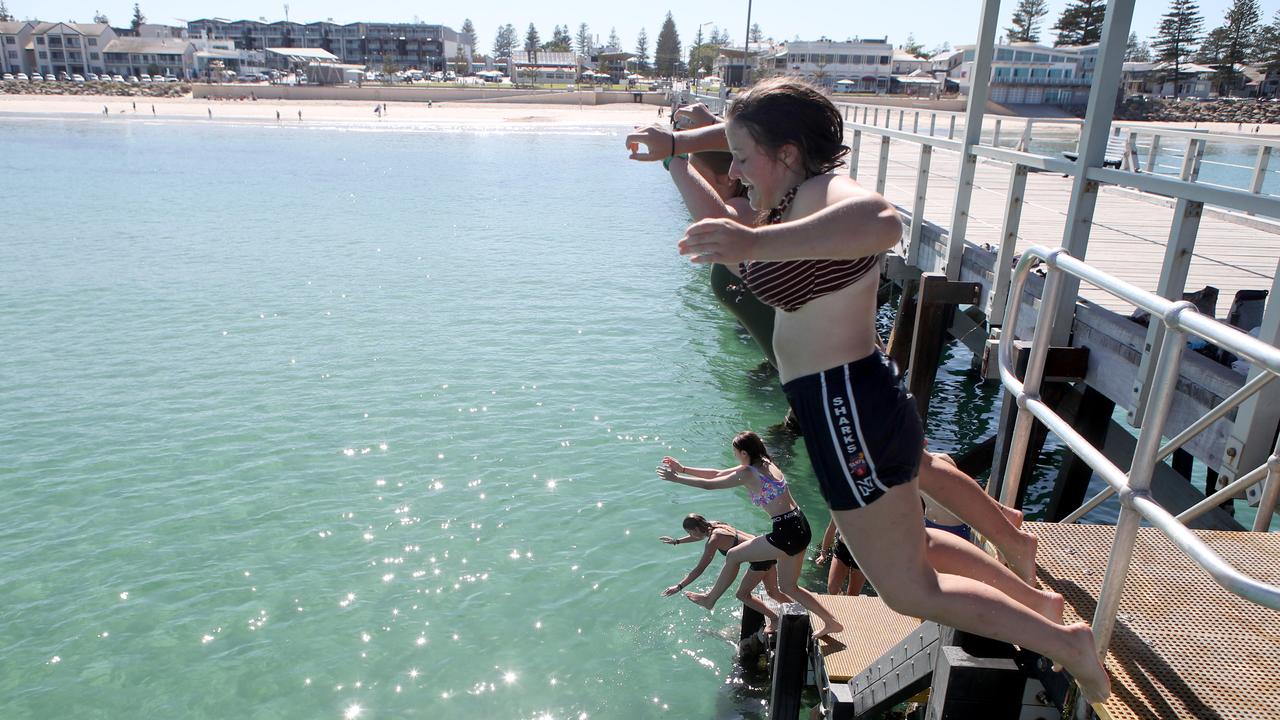
These standards include ensuring homes have proper insulation to stop them from “cooking from above” and are fitted with fly screens to allow for a breeze through homes without the risk of disease from animals.
“Without these standards, landlords have proven reluctant to invest in upgrades and maintenance which would improve the energy efficiency of their leased properties, despite government attempts to address the problem through incentives,” the report found.
With this summer’s temperatures relatively cooler thanks to a La Nina weather event, there are concerns about just how hot future summers will get.
Mr Dingham urged governments to do more for renters “before it’s too late” by adopting minimum energy efficiency standards and capping rent increases.
“If the sun was just a little bit hotter on average, one or two degrees maybe, that would shift that bell curve of heat so far up, it would really mean a lot more people absolutely struggling, particularly with energy costs also increasing,” Mr Dingham said.



